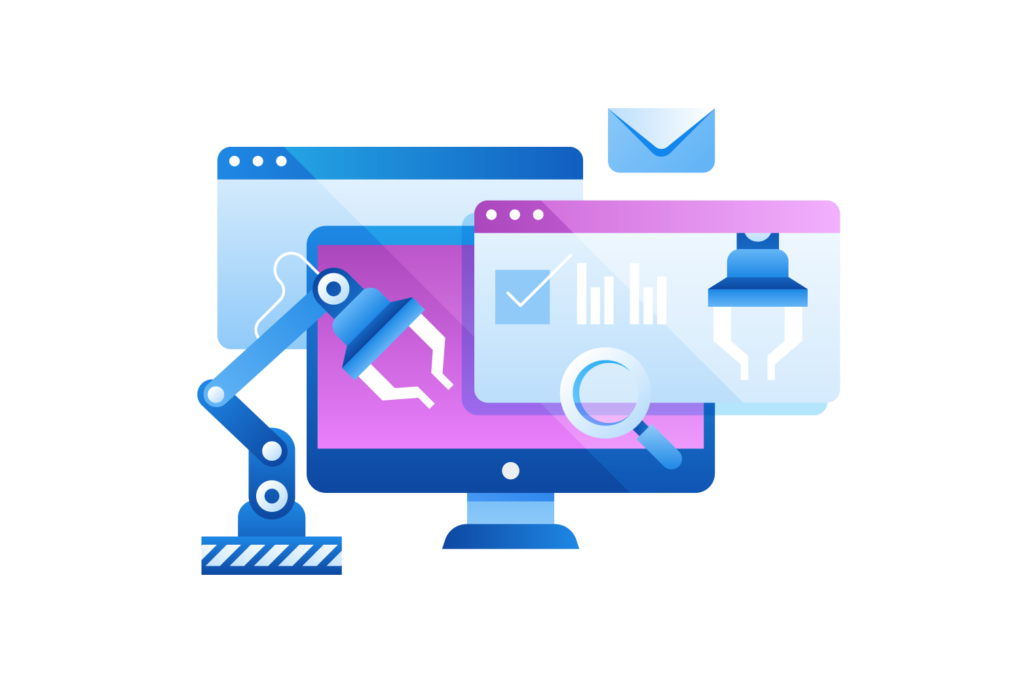Data Analysis
Data Analysis
This type of analysis refers to a set of techniques designed to find pattern, detect anomalies, or test hypotheses and theories, based on spatial data.
Also known as descriptive analysis, statistical data analysis is a wide range of quantitative research practices in which you collect and analyze categorical data to find meaningful patterns and trends. Statistical data analysis is often applied to survey responses and observational data, but it can be applied to many other business metrics as well.
Predictive analytics is the use of data, statistical algorithms and machine learning techniques to identify the likelihood of future outcomes based on historical data. The goal is to go beyond knowing what has happened to providing a best assessment of what will happen in the future.
A strategic method for integrating reliability, availability and maintainability, by using methods, tools and engineering techniques to identify and quantify equipment and system failures.
Complex survey sampling is widely used to sample a fraction of large finite population while accounting for its size and characteristics. On the basis of some characteristics of the subject (e.g., age, race, gender etc.) some individuals are over sampled or under sampled. This results in individuals in the population having different probabilities of being selected into the sample. This is used to define your clients’ preferences depending on their characteristics.
Research and development is the generation of new knowledge. In a business context, it is an activity that companies undertake in order to develop new products, processes or services, or improve those that already exist.
Cutting-edge Services Unleashing Your Potential

Cybersecurity is as relevant as ever, especially for large-scale projects. Managing security risks when handling sensitive data or business products is a priority in any modern software project.
AI offers endless opportunities for any organization. Technologies like Machine Learning and Deep Learning are revolutionizing all kinds of processes and day-to-day operations.
IoT development has given businesses the tools to improve their strategies, workflows, and overall communications by taking connectivity and device interaction to a whole new level.
